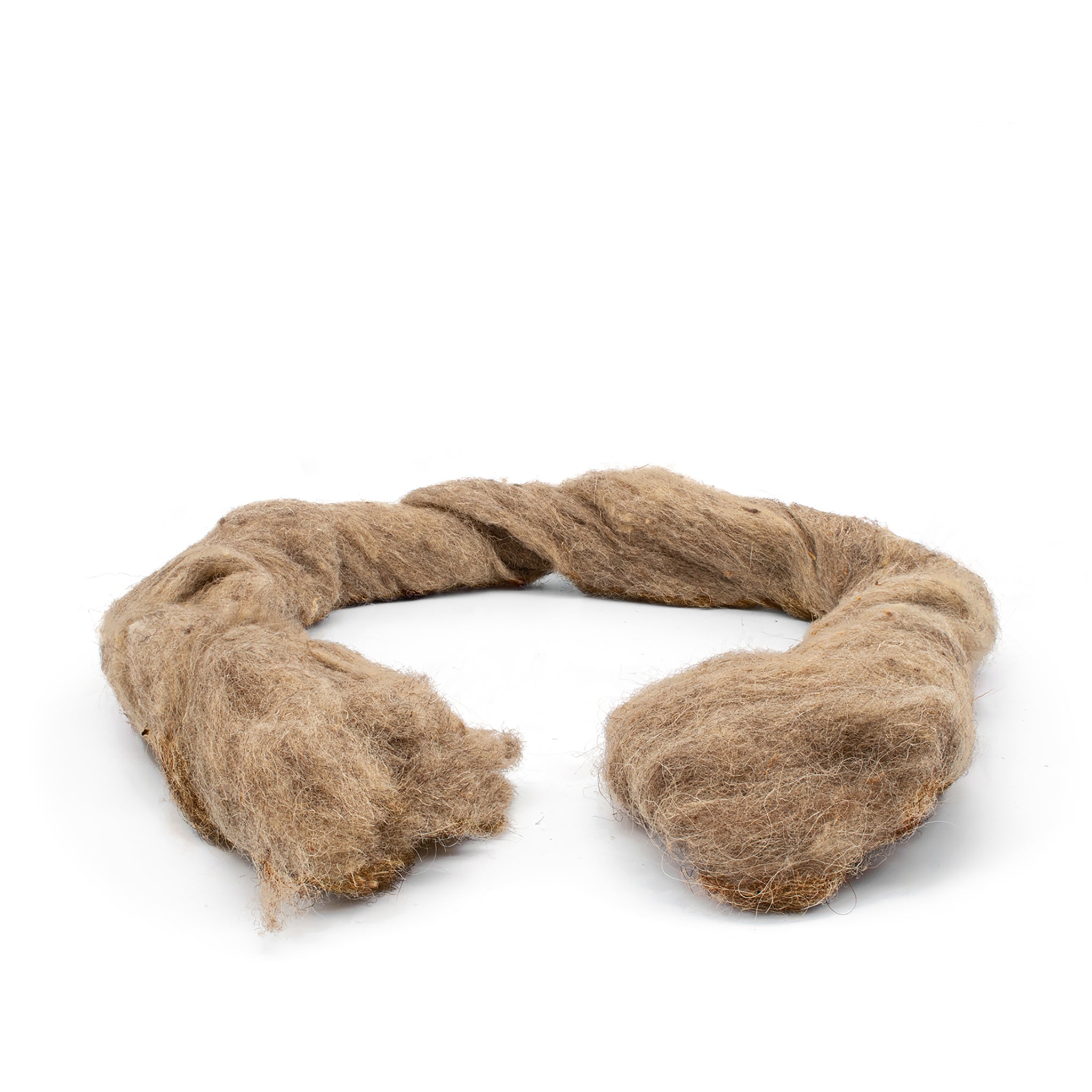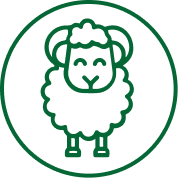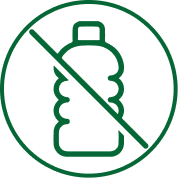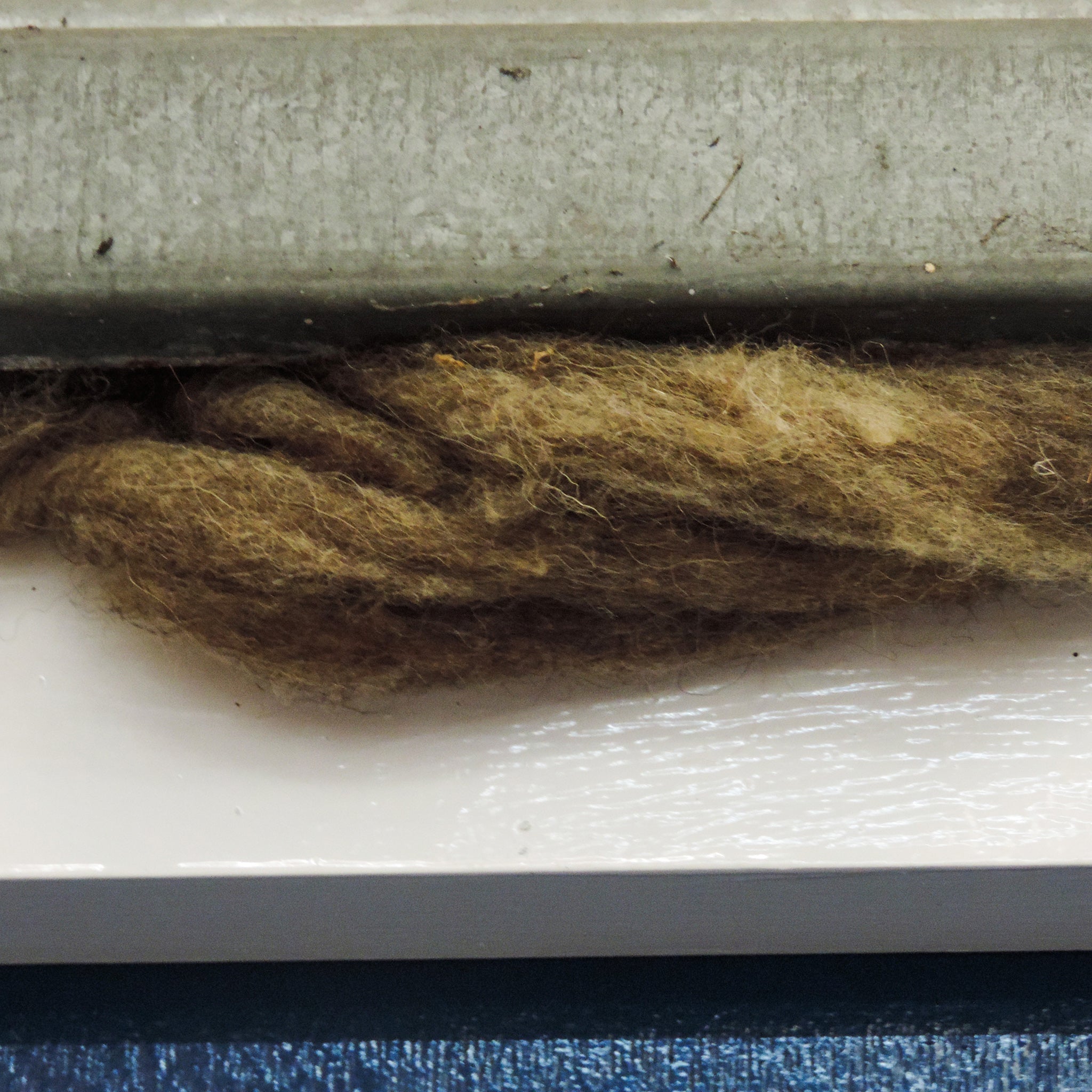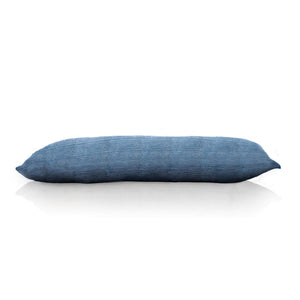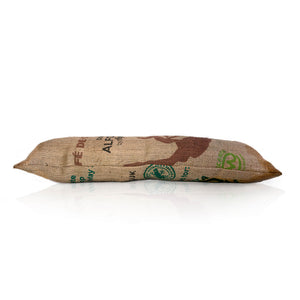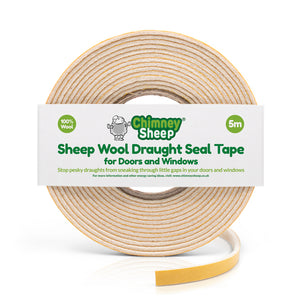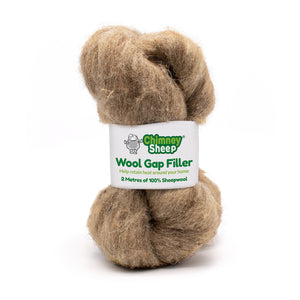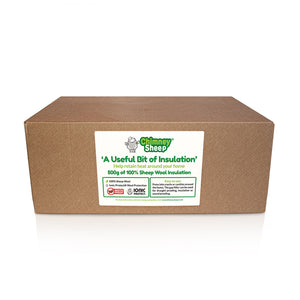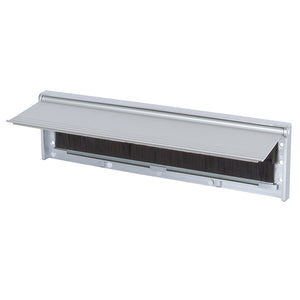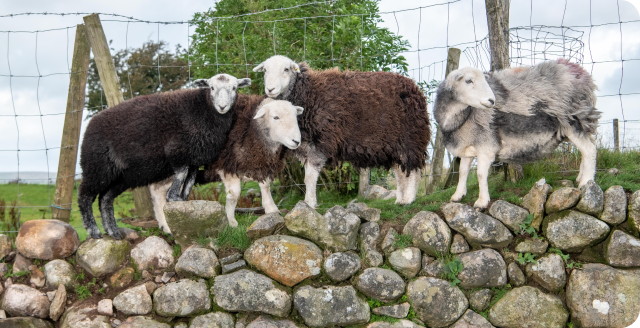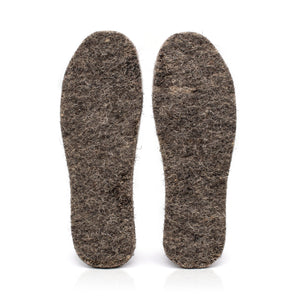Where can I use this Wool Gap Filler?
Our wool gap filler is great for filling any gap, crack or cavity around your home but is particularly good for gaps between window & door frames and the wall. Gaps often occur in these areas when double-glazed windows and doors have been poorly fitted. It works well in these scenarios as it is sold in lengths and is lightly bound with string to ensure it holds its shape.
The gap filler suitable for larger gaps than our wool draught seal tape as it is thicker and be stuffed into deeper cavities if needed. If you just have very tiny cracks around your doors and windows, then our draught seal tape would be better suited. We had a door in our warehouse with quite a bit of a gap, so we used this wool gap filler and it did the trick!
You can read more about the benefits and potential financial savings of window and door draught-proofing on the Simple Energy Advice website.
How do I install this Wool Gap Filler?
Very easily! Once you have identified the gap that needs filling, tightly stuff it with the wool until the gap ‘full’. If it is a long, continuous gap along a door or window frame, then you can use a continuous length of the gap filler to ensure the whole gap is filled.
Why should I use this wool gap filler versus traditional foam gap filler?
We have tried this gap filler and think that it works just as well as traditional foam gap filler but comes with a few more benefits, so here they are:
- Traditional foam gap filler that you often find in DIY shops is often made from combining isocyanates and polyols using an energy-intensive process. Wool on the other hand is natural and as long as we have sheep, we’ll have wool!
- Installed incorrectly, traditional foam gap fillers can cause damp and water damage within a home. Wool is naturally breathable which ensures that wherever and however it is installed, it should not cause damp in your home.
- The chemicals in traditional foam gap fillers often cause irritation to the skin and respiratory system, requiring safety masks and gloves when installing it. Wool is safe to touch and work with, requiring no safety equipment and causing no irritation to the eyes, skin or lungs. In fact, wool has the added benefit of being able to lock away pollutants such as volatile organic carbons.
- When the time comes to dispose of traditional foam gap filler, it has to go into landfill, and it is unable to biodegrade. Wool, on the other hand, is both biodegradable and compostable.
Where else in my house should I look to draught-proof?
Draught can sneak in from anywhere! If the gaps the draughts are coming through aren’t obviously visible, then use a Smoke Pencil which will show you exactly where the cold air is coming in. It is a really quick and easy way to identify where you need to draught-proof.
If you have an open chimney, definitely look at draught-proofing it! An open chimney causes other draughts in your house to become worse and it could also be your home’s biggest source of heat loss! So why not have a look at our Chimney Sheep® chimney draught excluders which are made of Herdwick wool and will work hand-in-hand with this and our other draught-proofing measures to make sure your home is as toasty and comfortable as it can be!

